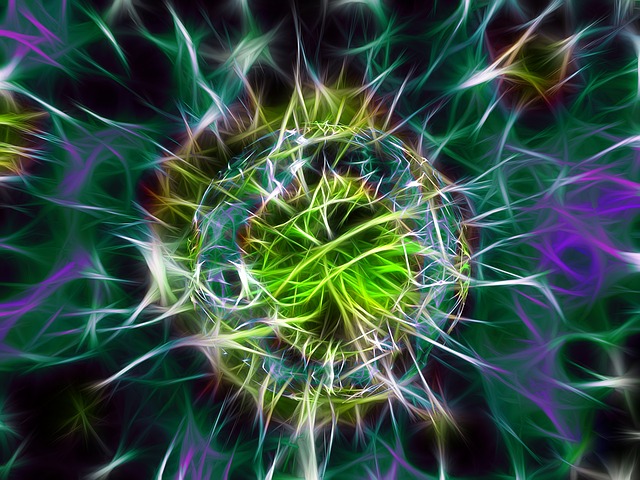admin
Detergents are widely used to dissolve the membrane and external coating of viruses. These detergents are not completely removed and remain in the final vaccine product. Detergent Removal Detergents are widely used in solubilization of membrane and viral envelope proteins, viral removal/inactivation and vaccine purification. These detergents must eventually be removed downstream
Formaldehyde is used to inactivate bacterial products for toxoid vaccines (tetanus and diphtheria) and to weaken unwanted viruses and bacteria that might contaminate the vaccine during production. In 2011, formaldehyde was added to the list of known carcinogens. Material Safety Data Sheet Formaldehyde 37% solution MSDS Report on Carcinogens, Thirteenth
This list includes only vaccines for which supporting documents were provided and is arranged alphabetically by the proper name of the product. Information is provided for original product approvals, new indications, and the current package insert. For a complete list of approved vaccines, click the link under “Related Information” at
CpG oligodeoxynucleotides (or CpG) is a segment of single-stranded synthetic DNA that contains a cytosine [C] followed by a guanine [G]. The [p] refers to the phospho-diester backbone of DNA. CpG is considered to be a strong adjuvant and may stimulate the development of antibodies against DNA, leading to profound autoimmunity.
MF59 is an oil-in-water emulsion of squalene, polyoxyethylene sorbitan monooleate (polysorbate 80, also called Tween 80) and sorbitan trioleate. Squalene is a natural organic compound originally obtained for commercial purposes primarily from shark liver oil, although plant sources are now used as well, including amaranth seed, rice bran, wheat germ, and olives. Yeast cells
Polysorbate 80, also known as Tween80, is an amber-colored, viscous liquid with a slightly bitter taste. It is used primarily as an emulsifier in food products, cosmetics, vitamins, medicines, and vaccines. According to Emulsifiers.org, “When water and oil are mixed together and vigorously shaken, a dispersion of oil droplets in water
CHEMICALS are used in vaccines to inactivate a virus or bacteria, to stabilize the solution, to preserve the antigens and to prevent it from losing its potency over time. There are more than 140 chemicals and foreign proteins found in the various vaccines. Here are some chemicals found vaccines. A
β-Propiolactone is a disinfectant used to sterilize blood plasma, vaccines, tissue grafts, surgical instruments, and enzymes. It is used as an intermediate in the synthesis of other chemical compounds. According to Wikipedia, “its use has been mostly phased out in favor of safer and less expensive alternatives”, but it is still
Adjuvant Systems (AS) technologies was first developed by Glasko-Smith-Klein (GSK) in the late 1980s. These are combinations of classical adjuvants – aluminum, oil-in-water emulsions, liposomes, and immunomodulatory molecules. Four AS Systems Adjuvants have been developed so far. AS01 is composed of mono-phosphoryl lipid A, otherwise known as MPL, QS-21, and
Pathogens as adjuvants An adjuvant is a chemical or an ingredient used in a vaccine to enhance the production of antibodies. Adjuvants are broadly separated into two classes, based on their principal mechanisms of action; vaccine delivery systems and adjuvants that stimulate the immune response. Vaccine delivery systems are generally
Site Search
Site Navigation
- Home
- Abbreviations
- Week in Review
- Coronavirus
- CHILDHOOD VACCINES
- Teen Vax
- INFLUENZA
- Adult Vax
- Travel Vax
- Military
- Combo Vax
- MISC VACCINES
- ADDITIVES-EXCIPIENTS
- ADJUVANTS – GENERAL
- Animal Cells
- Human Cells Lines
- Insect Cells Baculovirus
- Legal Issues
- SIDE EFFECTS
- Special Medical Issues
- Pregnancy
- Vaccine Pipeline
- VAERS



